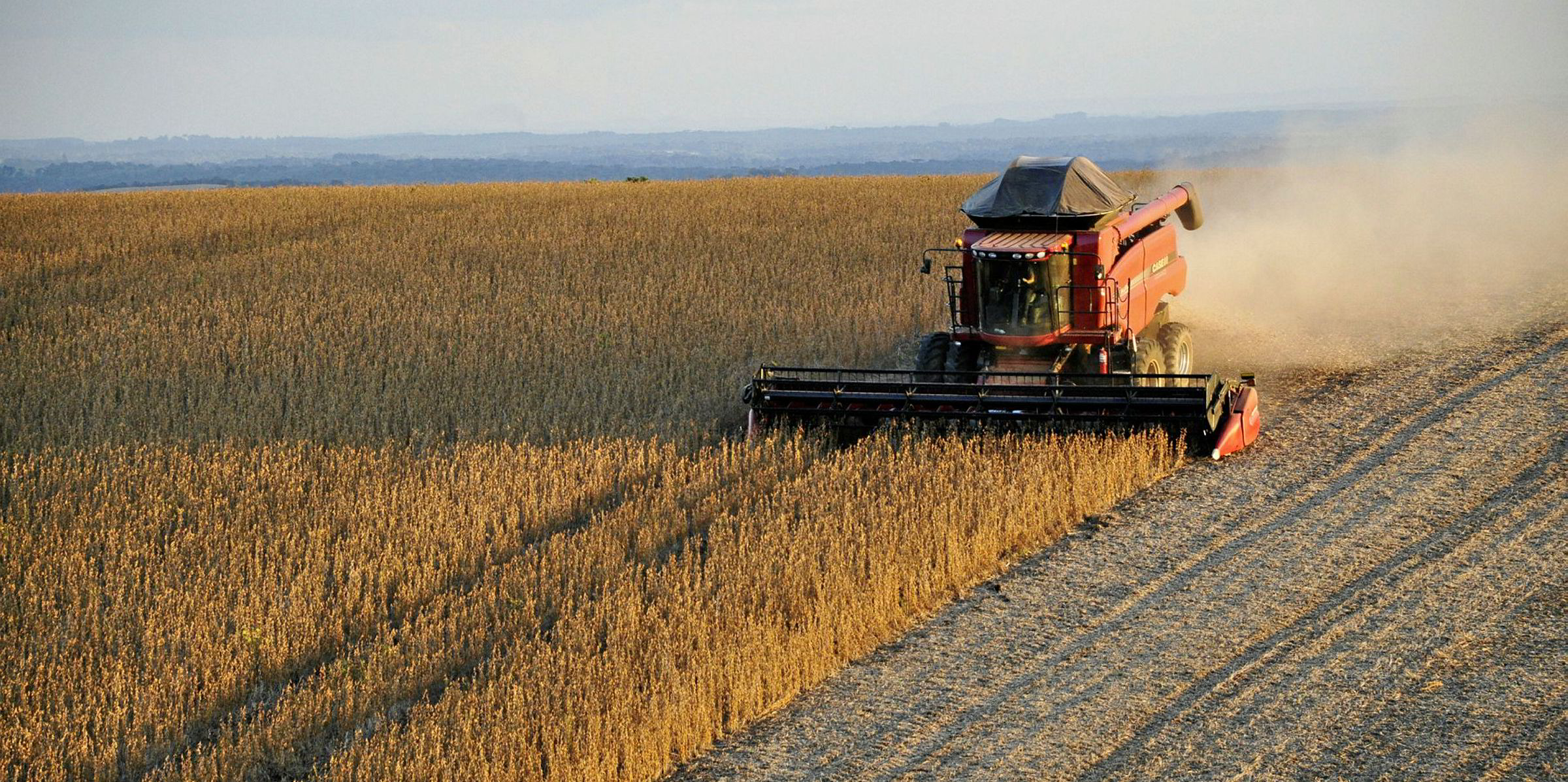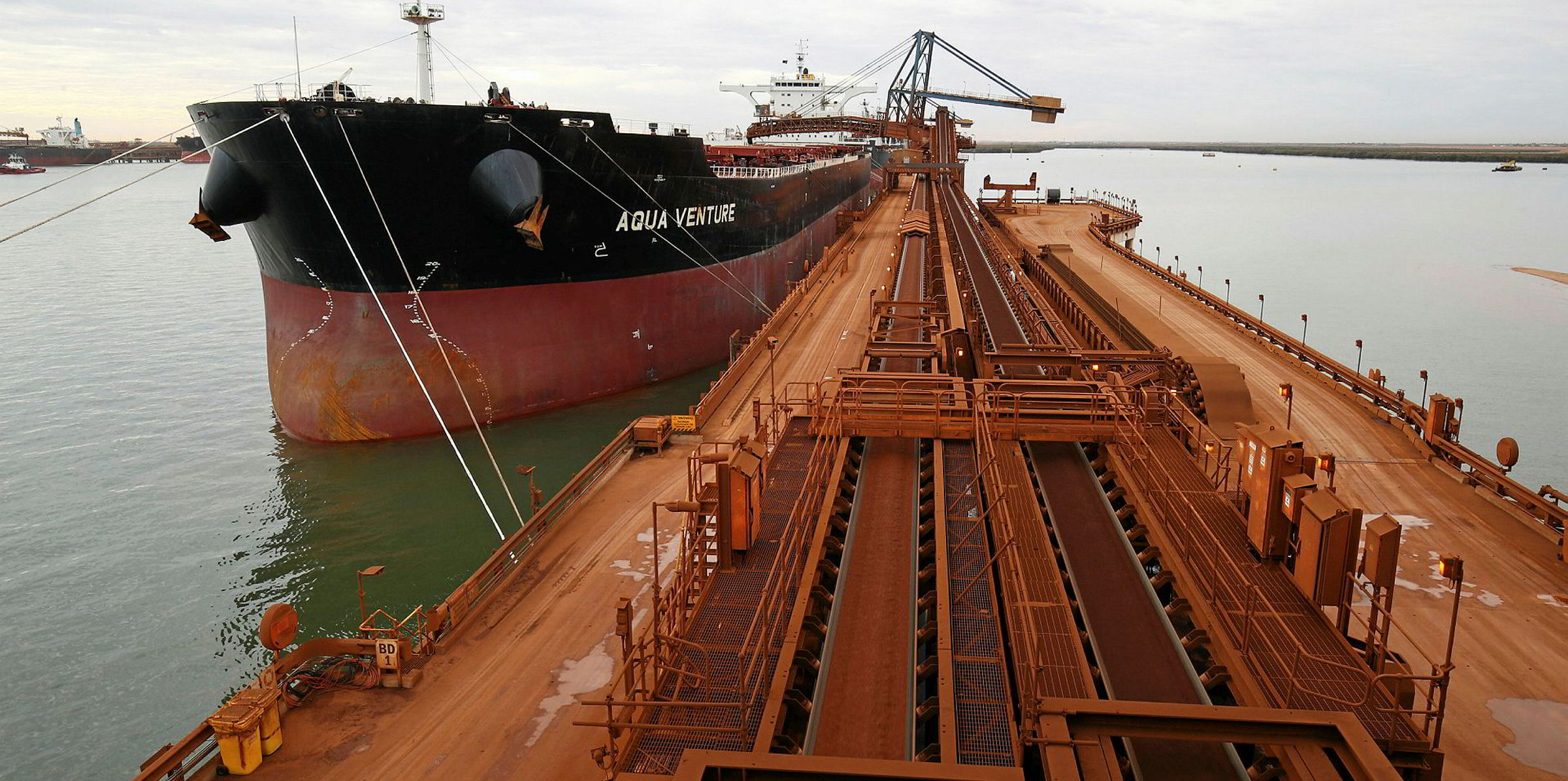Bulkers are lining up to haul record exports of Brazilian soybeans this month after farmers got an early start to the annual harvest.
The International Grain Council reports the vessel lineup shows that the country is poised to pump 9.3 million tonnes of soybean exports into the dry bulk market in March, a monthly record.
But the stars may not be aligned for the soy production carnival to continue to bolster the mid-size bulker market in the Atlantic basin.
"Coupled with a smaller crop in 2018/2019, can we expect a sharp slowdown in the upcoming months? Especially in the context of ongoing US-Sino trade talks," the council asked on Twitter.
Brazil's soybean harvest has rushed out the gate this season after farmers started planting early to take advantage of warmer weather and of the market opportunities presented by the trade row between the US and China.
Brazilian government data tweeted by shipbroker Banchero Costa shows that the soybean harvest in major producing state Mato Grosso is 88% complete; that's up from 71% this time last year.
And while the Atlantic spot market was more active for panamaxes and kamsarmaxes thanks to help from exports from the east coast of South America, it hasn't staved off the pressure on rates.
The Baltic Exchange's assessment of a transatlantic round voyage on a 82,000-dwt kamsarmax came in at $5,515 per day today, down from $6,879 per day this time last week. That represents a 58% plunge in the rate for the year so far in what has been a dismal market across the dry bulk space.
Today, China's Fujian Ocean Shipping is reported to have scored a fixture for its 81,800-dwt Zheng Jun (built 2013) for a journey from South America to the Far East at $13,750 per day plus a $375,000 ballast bonus.
That's an identical rate to a charter of a similar kamsarmax a week ago on a journey from South America to Southeast Asia.
"North Continent vessels are now also fixing from east coast South America which has been the most stable market recently but with this added tonnage competing, this may not last for long," the Baltic Exchange said in its daily report, citing brokers.
But both factors that pushed the early harvest is now conspiring against Brazil's soya exporters.
Trade truce trounce?
A trade truce between the US President Donald Trump and Chinese counterpart Xi Jinping that will see China buy 10 million tonnes of US soy, plus export of 5.7 million tonnes that were held up in the trade dispute, is poised to rain on Brazil's parade.
"Despite the quicker harvest, Brazilian soybean exports could come in at a lower level this year due to increased competition from US soybeans in the first half of this year," Genoa-based Banchero Costa said in a recent report.
Plus, the shipbroker reported that soybean production was hit by dry weather in late 2018 and early 2019, which will serve to crimp output.
Commodities and financial firm INTL FCStone predicts a 5% slump in the total Brazilian harvest in 2019, bringing the total down 113 million, the report says. Exports are predicted to drop to 79 million tonnes from 90.9 million tonnes last year.
Presenting further uncertainty is China, where an outbreak of swine fever is leading to concerns that soybean demand will take a hit.
"The swine [fever] will take demand out. You can't make up for the lost pigs right now," INTL FCStone Darin Friedrichs risk management consultant told CNBC.





